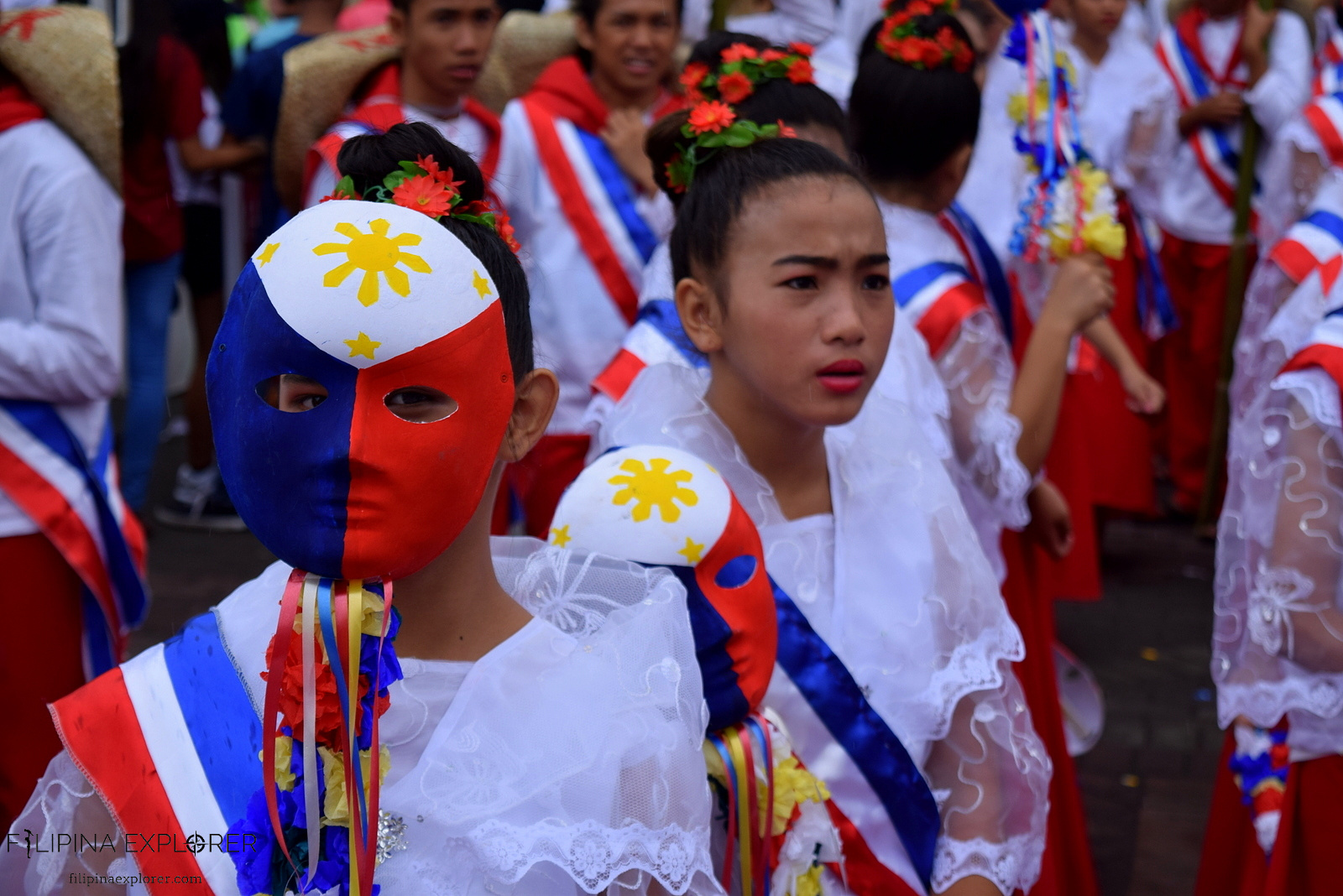The talk of freedom is inevitable in travel. In many places in the world, independent mobility, especially in women, is a privilege, not a right.
Last January 23, as we celebrated the Philippines’ First Republic, I was again reminded of this privilege.
The 23th of January is a crucial turning point in Philippine history. On this date, Emilio Aguinaldo took his presidential oath in the Minor Basilica of Our Lady of Immaculate Conception in Malolos, Bulacan – where the Malolos Constitution and the Philippines’ first congress were formed – paving the way for the Philippines to be recognized as the first republic in Asia.
But more than that, the Republic led to revolutions and national awakening – all of which bore many personal freedoms that we, Filipinos, are enjoying right now, including the freedom to travel.
It was a festive morn at the Malolos City Hall when we arrived. Flags of different hues and sizes swayed with the wind, and children dressed in local costumes beamed at strangers. It was 118th anniversary of the first Philippine Republic and the seventh year of the Fiesta Republica, a passion project of Mayor Christian Natividad, held annually.
Natividad, who considers January 23 as among the most important in the country’s history, says “The Fiesta Republica stands as the ultimate celebration of Philippine democracy, Filipino history, and homegrown art and culture.” As the day fleeted, I realized why.
After ogling at Barasoain Church’s magnificent facade, we headed to Tanjoso White House, also known as White House, Bahay na Bato, and Tampinco Don Antonio Bautista Heritage House – so called for its Art Nouveau design, which was crafted by renowned Filipino sculptor, Isabelo Tampinco.
Though already 200 years old, Bahay Tanjosuy radiates with its period architecture and furnishings. It comes as a surprise that this national landmark is still being occupied by Don Bautista’s family up to now, and everything is still intact, including dinnerware.
Malolos’ gems doesn’t stop there.
At lunch, we rediscovered Filipino cuisine as we partook of replicated dishes that were served to Emilio Aguinaldo and his men that day in 1899: nilasing na hipon, longganisa hamonado ng Malolos, tortang alimasag, lengua estofado, and more. To be able to immerse ourselves in a meal that the first gents of the Republic consumed was an amazing experience.
From the dinner table, the festivity continued to the streets with Dulansangan, a local parade featuring dances and dramatizations of history. People congregrated in the streets as the sound of cannons filled the rainy noon. Indeed, a republic cannot be stopped with a little drizzle.
During a pre-lunch press conference, Natividad said, “It (Malolos Constitution) was where all the fundamental rights and privileges we enjoy today – our bill of rights and press freedom, for example – emanated…If we are celebrating Chinese New Year for our Chinese brothers, why shouldn’t we celebrate our first republic and make it a holiday?”
Indeed. Freedom oughta be celebrated – as should be this republic.












